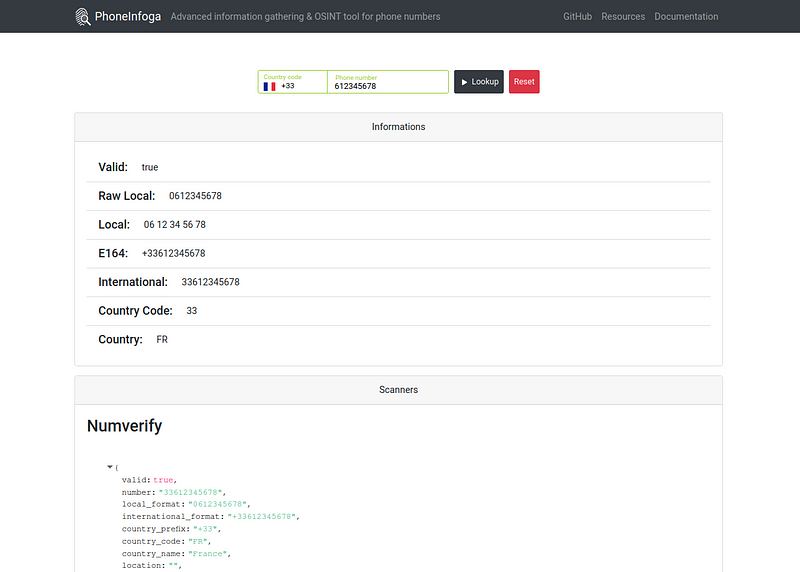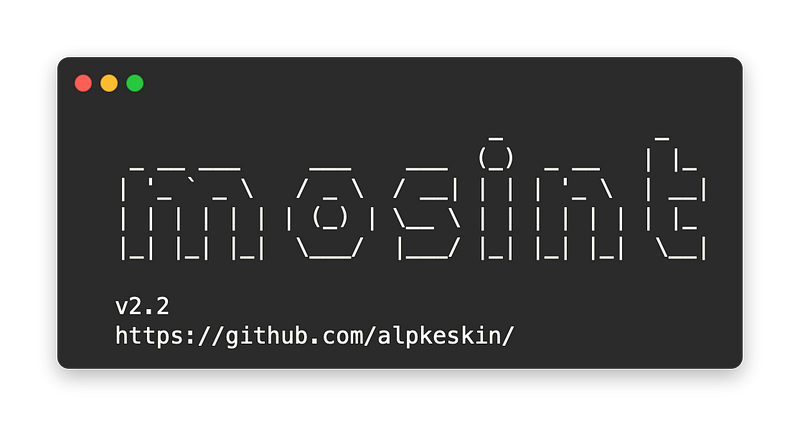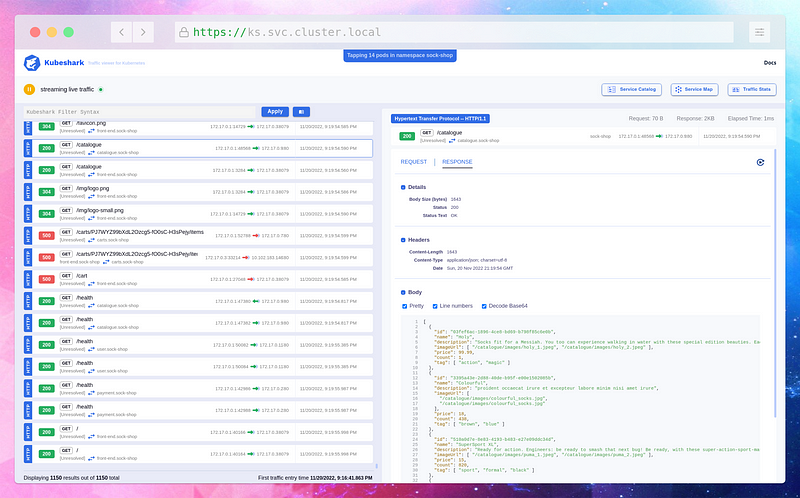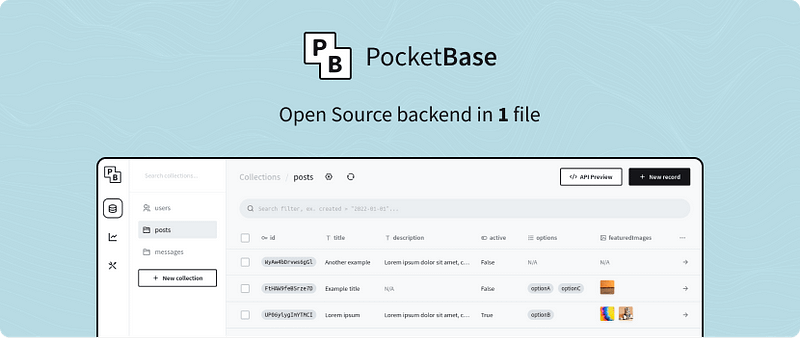Explore Five Remarkable Go Projects for Security and Development
Written on
Introduction to Go Projects
In this article, I'll introduce you to five impressive projects developed in Go (Golang), a widely acclaimed programming language renowned for its efficiency in building high-performance applications. Stick with me till the end for a special link!
Go's Strength in Concurrency
One of Go's standout features is its simplicity in crafting concurrent systems. Exploring the source code of the projects highlighted here will provide valuable insights, and you can even integrate these projects into your own applications.
Phoneinfoga: A Tool for Phone Number Insights
Phoneinfoga is a Golang-based framework designed to streamline the process of gathering information about phone numbers. It can help determine if a number is valid and identify its country of origin. This tool is particularly useful for automating onboarding processes or detecting fraudulent activities.

MOSINT: Email Intelligence Gathering
Continuing in the realm of open-source intelligence (OSINT), the MOSINT project focuses on collecting information related to email addresses. With over 2,000 stars on GitHub, it validates emails, checks public social media profiles, cross-references breach databases, and performs DNS lookups. This project is essential for broader security assessments, and I also use it to safeguard my personal email accounts.

Kubeshark: Kubernetes Traffic Monitoring
Golang excels in developing diagnostic tools, and Kubeshark exemplifies this. This application, crafted in Go, facilitates Kubernetes pod traffic monitoring and features a user-friendly interface akin to Opera's developer tools. It supports Windows, Linux, and MacOS, and has become indispensable for diagnosing issues between frontend and backend systems.

To gain a deeper understanding of building a backend project with Golang, check out the video titled "COMPLETE VIDEO: Golang Restaurant Management Backend Project."
Finch: A CLI for Container Development
Finch is a recent addition that has quickly captured the attention of the Go programming community. This command-line interface (CLI) simplifies container development. According to its GitHub page, Finch integrates seamlessly with nerdctl and relies on it for core operations such as building, running, pushing, and pulling containers. It utilizes containerd for managing containers and BuildKit for creating Open Container Initiative (OCI) image builds, all within a virtual machine overseen by Lima.
PocketBase: A Streamlined Backend Solution
With an abundance of Go backend frameworks like Gin, Beego, Echo, Kit, and FastHttp, PocketBase stands out as a noteworthy server. Its appeal lies in its simplicity; it comprises a single file and includes built-in SQLite and real-time subscription functionalities, offering a gentle learning curve for newcomers.

Conclusion and Call to Action
This article is part of the Open Source Promotion Initiative (#OSPI), dedicated to exploring intriguing open-source projects. As a bonus, don’t miss out on the latest updates in Go 1.19, my comprehensive Golang guide, or insights into why Golang has emerged victorious in the language arena.
If you know of any fascinating Go projects, share them in the comments! I may feature them in a future article.
Golang Flashcards: A Unique Learning Tool
To all Golang enthusiasts, I've created Golang Flashcards! Set in a fantasy universe, this deck also functions as a card game. If you're intrigued, take a look at the Summon The JSON project!
For more articles on Go and software engineering, subscribe (including via email), give a clap, like, and share! Join over 2,000 subscribers to Tom Smykowski's articles for just $5 a month and gain access to all content on Medium. Support Tom Smykowski in crafting more engaging stories!
Watch the video "These are the BEST Projects Made With Golang" to explore even more exciting projects!